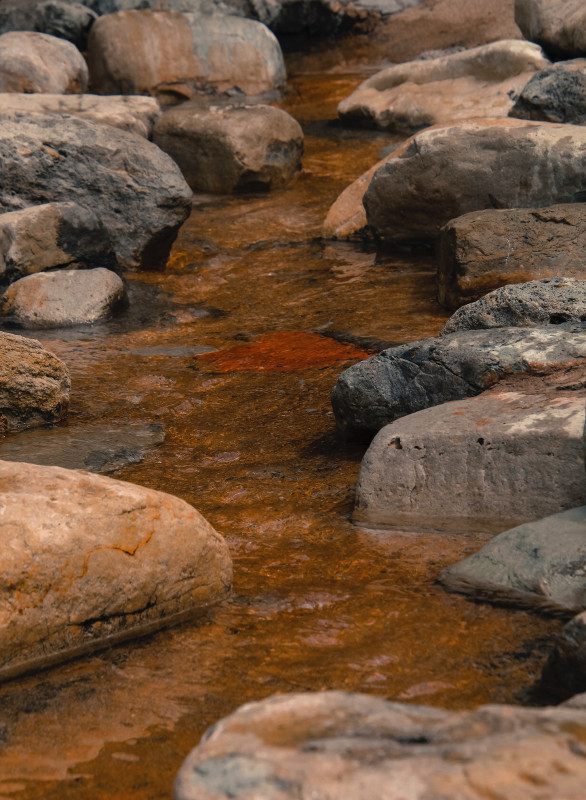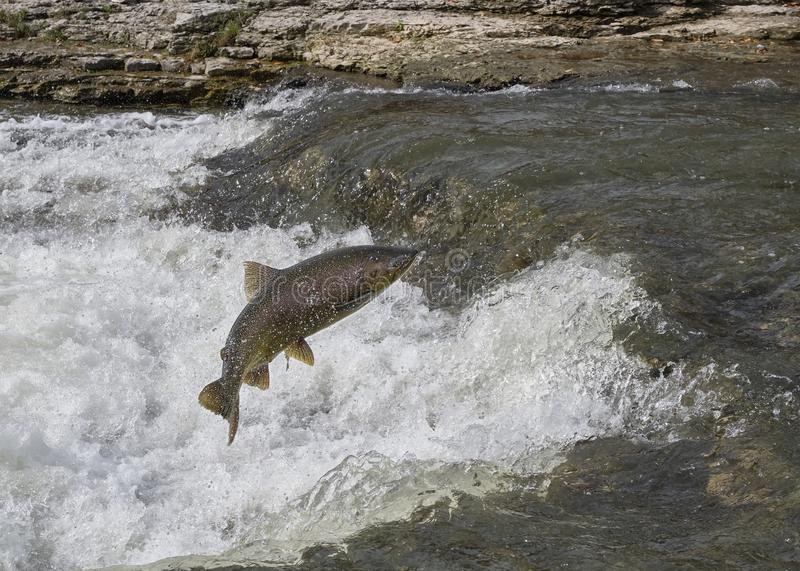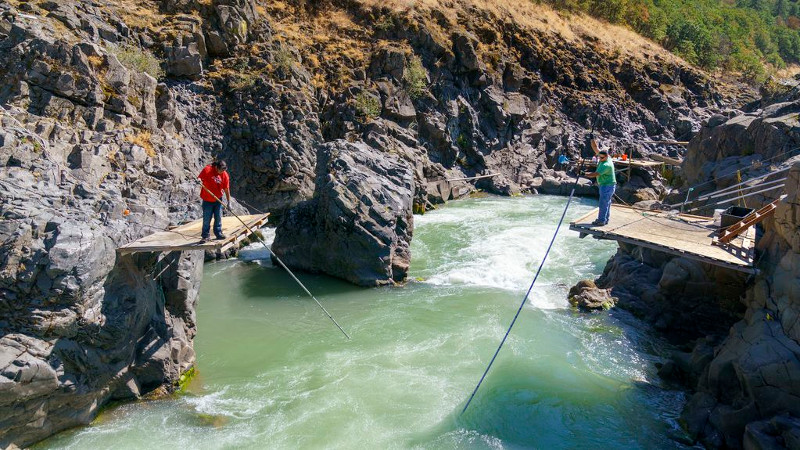| Categories: |
|---|
Estimated reading time: 2 minutes
When a permitting, compliance, or litigation case involves geochemistry (water, sediments, soils, rocks) using the appropriate statistical analyses of available data-–and communicating the results to non-technical decision-makers or finders of fact clearly and effectively-–are critical.
This is particularly true when a client can be penalized by a regulatory agency or sued by an environmental NGO for violating the Clean Water Act (CWA) by exceeding the arbitrary maximum concentration limit for the chemical. Quite often that the assessment was based on inappropriate statistical models. Correct analyses of the data might show that the high concentrations are inherent natural variability or are artifacts of mis-handling of toxic metals and organic compound values.
In CERCLA (Superfund) cases, correctly analyzed water quality data could reduce client liability and, if the chemical of interest is tightly bound to a substrate and not biologically available, they might not be libel for any damages.
When an analytical chemistry laboratory reports that an environmental chemical constituent was “not detected” or “below method detection limit” it means the value it unknown; therefore, any data analysis that sets these non-detected values to zero, the reporting level, or any arbitrary value between them is common and wrong. There are statistical models that correctly incorporate non-detected values robustly and correctly, even when these values are 80% or more of the data set.
Three important aspects of regulatory science for the CWA, CERCLA, or other geochemical-based law depend on technically sound and legally defensible statistical analyses of environmental chemistry that should be clearly explained to decision-makers or the finders of fact in your case:
-
High concentrations of individual elements (e.g., toxic metals) or molecules (e.g., organic pesticides) are rarely found in natural ecosystems.
-
How chemical constituents affect specific beneficial uses at specified locations need to be detailed to support the allegations of adverse impacts.
3 The inherent variability of natural ecosystems needs to be quantified to separate anthropogenic impacts.
Without knowing the concentration of the chemical constituent of concern along the whole reach of the designated beneficial use it is not technically sound or legally defensible to claim harm to that use. Natural ecosystems vary over time and at different scales; flowing water systems are inherently highly variable.
This work was originally published on the Applied Ecosystem Services, LLC web site at https://www.appl-ecosys.com/blog/environmental-issues-involving-water-quality/
It is offered under the terms of the Creative Commons Attribution-NonCommercial-NoDerivatives 4.0 International license. In short, you may copy and redistribute the material in any medium or format as long as you credit Dr. Richard Shepard as the author. You may not use the material for commercial purposes, and you may not distribute modified versions.


